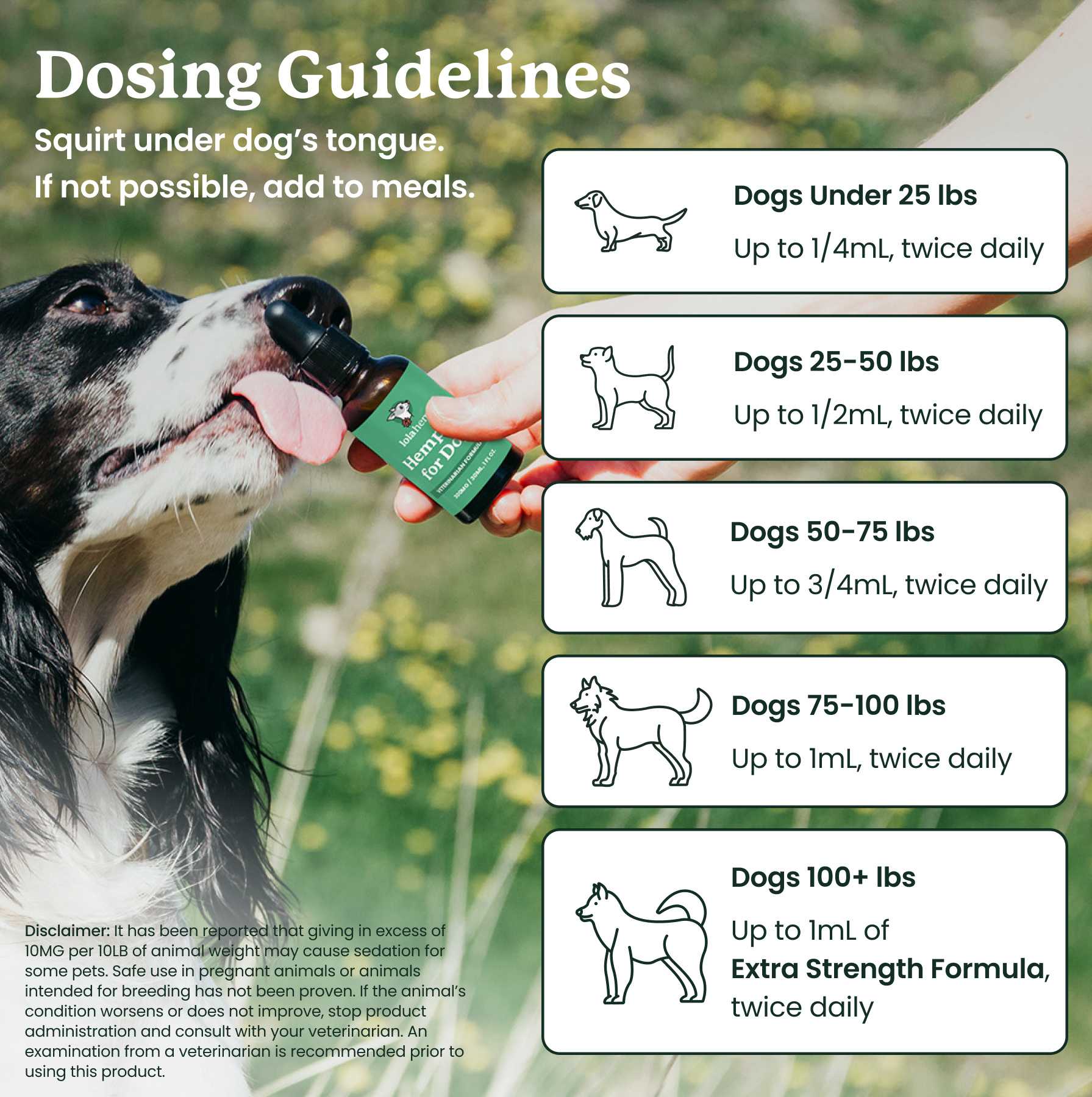Something seems to be wrong with your sleeping dog. It looks like she is going through a seizure, something you have never seen. At first, you think your beloved dog is dreaming. But you dispel the notion due to the jerking, uncontrolled movement, and foaming mouth. What you are seeing is a dog seizure in sleep.
This article discusses remedies for sleep seizures in dogs, best practices for pet owners, and a deeper understanding of the issue your pet is facing.
- Dreams & Seizures - How to Tell the Difference
- Are Some Dogs More Prone to Sleep Seizures?
- Caring for Dogs With Seizures: Things to Strictly Avoid
- Frequently Asked Questions
- Do Dreaming Dogs Look Like They're Seizing?
- What Do Dog Seizures Look Like?
- What Are the Causes of Canine Sleep Seizures?
- Are Sleep Seizures Common in Dogs?
- When Are Dog Seizures an Emergency?
- Should You Wake a Sleeping Dog While Seizing?
- Are There Remedies for Sleep Seizures in Dogs?
- Things You Should Never Do While Your Sleeping Dog Has a Seizure
- Conclusion
Dreams & Seizures - How to Tell the Difference
How do you distinguish between dreams and seizures? Well, much like humans, there are some characteristics of dreaming. These include REM or rapid eye movement, soft vocalizations, and twitching muscles. Like you, your dog is processing experiences and information gathered while awake.
A sleep seizure is a terrifying thing to see. They occur due to a sudden burst of electrical brain activity. The result is stiff, sometimes violent involuntary movement. Your lovely canine may also suffer a loss of consciousness.
True, there may be similarities between dog seizures in sleep with normal dogs' dreams. An example is muscle twitching. But the difference becomes clear if you time the intensity and duration of the episodes. Sleep seizures can be severe and prolonged, unlike short-lived and often mild dreams. Afterward, your dog may experience confusion and disorientation.
Always consult with your veterinarian before using hemp products on your pet.
Are Some Dogs More Prone to Sleep Seizures?
Yes, some dog breeds, like German shepherds, border collies, and Labrador retrievers, are more genetically predisposed to sleep seizures. These breeds generally have higher seizure prevalence, including while asleep.
Genetic factors can also make some dogs more prone to sleep seizures. The same applies to brain abnormalities, past head injuries, and epilepsy.
Young pups are also more prone to sleep seizures. Neural connections in the developing brain are still not complete. Thus, the brain is more susceptible to abnormal electrical discharges. Environmental stressors and toxins can also trigger seizures in young pups. Their immune system is still developing and can't counter the effects of such.

Caring for Dogs With Seizures: Things to Strictly Avoid
When the uncontrolled movement starts, your first thought will be to help your dog. But please practice extreme caution when dealing with dog seizures in sleep.
No matter how distressing, do not try and wake the dog up. Doing so can only heighten her disorientation and confusion.
Please do not put your hand in her mouth to prevent tongue swallowing. Remember, the movements are involuntary and could result in accidental biting.
Also, avoid having anything that may harm the dog during the seizure. Make sure the area is hazard-free, devoid of sharp objects or edges. The same applies to choking hazards.
Frequently Asked Questions
The following answers were generated and reviewed by the Lolahemp team.
Do Dreaming Dogs Look Like They're Seizing?
It's common to see a sleeping dog twitch or move their legs, which might resemble a seizure. However, these behaviors are typically associated with dogs' dream patterns during REM sleep cycles. While dogs do dream, these dreams differ from seizures. Dreaming dogs might mimic daily activities, like chasing, without exhibiting the distinct signs of a seizure.

What Do Dog Seizures Look Like?
Dog seizures involve sudden, uncontrolled muscle movements and altered behavior. During a seizure, dogs may convulse, paddle their legs, drool, or even lose consciousness. The intensity of seizures varies, ranging from mild twitching to more severe episodes. Recognizing these signs is crucial for distinguishing seizures from other behaviors and seeking proper veterinary care.
What Are the Causes of Canine Sleep Seizures?
Various factors, including idiopathic epilepsy, contribute to canine sleep seizures. These episodes often occur during REM sleep, a time when brain activity resembles wakefulness. Dogs that have experienced seizures while awake are more prone to sleep seizures. Accurate diagnosis through veterinary evaluation is essential to identify the underlying cause and determine appropriate treatment.
Are Sleep Seizures Common in Dogs?
Sleep seizures are relatively common in dogs, especially those with a history of epilepsy. During REM sleep, brain activity is heightened, making it a prime time for seizures to manifest. Identifying the occurrence of sleep seizures involves observing your dog's behavior during sleep cycles and consulting with a veterinarian to ensure accurate diagnosis and tailored care.
When Are Dog Seizures an Emergency?
Seizures lasting longer than a few minutes or occurring in clusters can indicate an emergency. During a seizure, whether awake or asleep, it's vital to prioritize your dog's safety and well-being. Avoid attempting to wake your dog during a seizure; instead, focus on creating a safe environment by removing potential hazards. If you're concerned about your dog's condition, promptly consult your veterinarian for guidance.
Should You Wake a Sleeping Dog While Seizing?
Waking a dog during a seizure, whether they're asleep or awake, is not recommended. It's crucial to let the seizure run its course while ensuring your dog's surroundings are safe. Attempting to wake your dog can potentially lead to unintended injuries. After the seizure, provide comfort and a calm environment as your dog recovers.
Are There Remedies for Sleep Seizures in Dogs?
Managing sleep seizures involves addressing the underlying cause. For dogs prone to seizures, veterinarians may prescribe anti-seizure medications to control seizure activity during sleep. Regular communication with your vet helps monitor the treatment's effectiveness and make necessary adjustments. Reducing stress and maintaining a consistent routine can also contribute to managing sleep seizures effectively.
Things You Should Never Do While Your Sleeping Dog Has a Seizure
During a seizure, it's essential to avoid intervening or attempting to restrain your dog. Refrain from putting your hands near their mouth or interfering with their movements. Keep the environment around your dog clear of objects that could cause harm. Once the seizure ends, provide a soothing presence and ensure your dog's comfort as they recover.
Conclusion
Distinguishing between normal dog dreams and sleep seizure is critical. The latter is a medical condition requiring the relevant intervention. Dog dreams are a normal occurrence, just like in humans.
Vigilance during dog sleep seizure episodes could prevent further harm to your dog. Also, what you observe will provide tons of information to the vet. That way, they can provide the necessary support to your beloved canine, potentially with the use of natural seizure-relief options.










